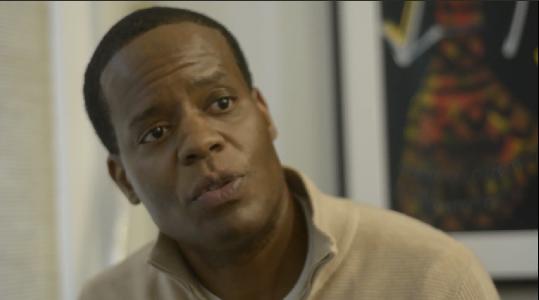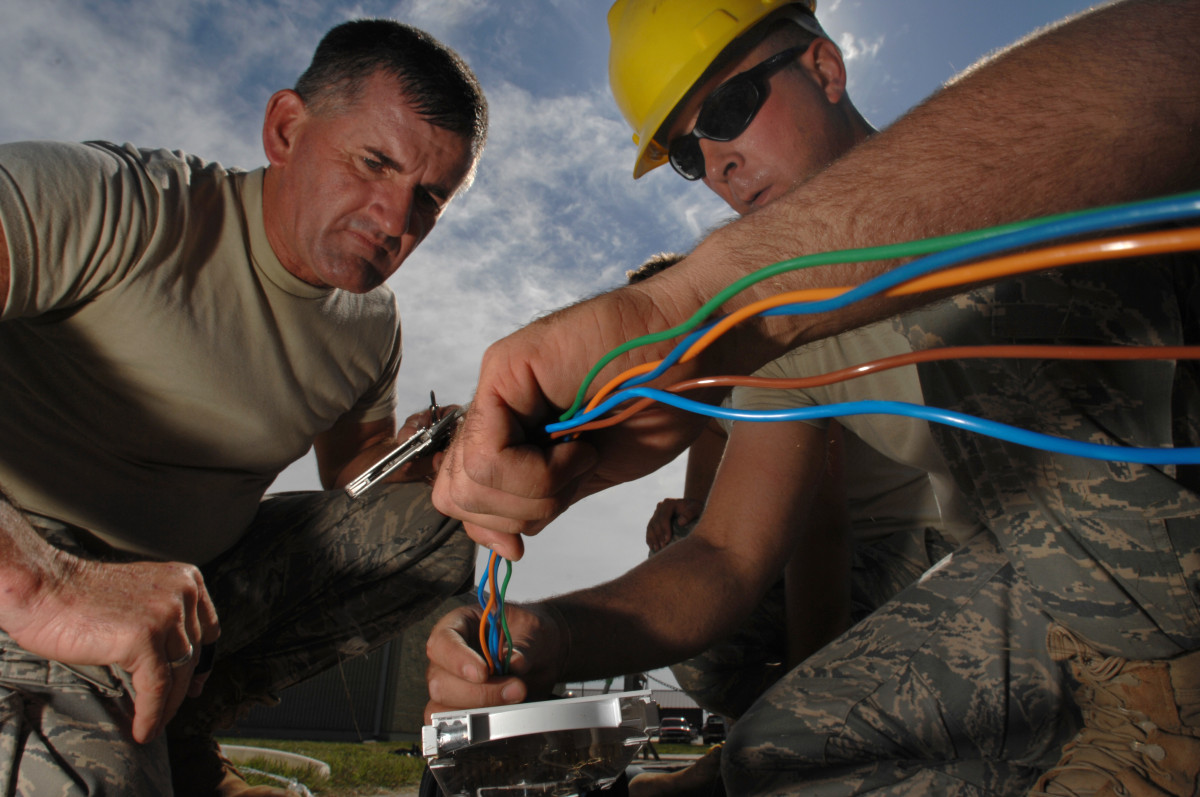A couple of weeks ago, we told you that Delaware’s internet speed is tops (which it is).
But we didn’t really explain why or how the company behind the ranking, Akamai Technologies, Inc., decided on Delaware’s broadband bona fides in its State of the Internet: Q3 2015 Report. Thankfully Tom Burke, who oversees Comcast fiber installations for the Wilmington area, elucidated us.
First, this is what Akamai actually is: It’s a back-end dev of the internet world — it’s all behind the scenes. David Belson, senior director of industry and data intelligence at Akamai, said the company analyzes about 2.5 trillion internet requests (like Google searches) a day. So it’s important to note Akamai is an independent third party that bases everything on the numbers, which it has in copious amounts.
That still doesn’t explain why Delaware’s internet speed is so good. Burke said a lot of it has to do with fiberoptics, and that Delaware’s history with it dates back to 2008 when Wilmington was in talks with Verizon about installing FiOS in the city. The deal fell apart, and shortly after, Comcast came in with its brand-new fiber installation services.
“In downtown, there’s an inordinate amount of fiber underground,” Burke said, adding that the high concentration of fiber coupled with Delaware’s small size left the First State well-positioned for broadband rankings.
The new Broad Valley fiber ring in Georgetown, too, contributed to the state’s overall speed, Burke said.
Two other factors, he said, also play into why other states (did you notice California wasn’t in any of the top 10 rankings?) perhaps haven’t fared as well as Delaware speed-wise. The first is that companies aren’t always willing to build fiber in certain locations because they deem it not worth the trouble. Installing fiber optics, Burke said, is a pricey venture. The second factor is the opposite case: sometimes, he said, locations don’t want the more expensive fiber and opt for coaxial cables.
Join the conversation!
Find news, events, jobs and people who share your interests on Technical.ly's open community Slack

Delaware daily roundup: Free biz analytics tool; AI tools for HR; Goodwill's recycling plan

Delaware daily roundup: Vital conditions framework; Seaford center breaks ground; Staff shortage at the beach

Delaware daily roundup: Equity Action Summit video; DE Senate debates wind energy; Hydrogen hub listening sessions


